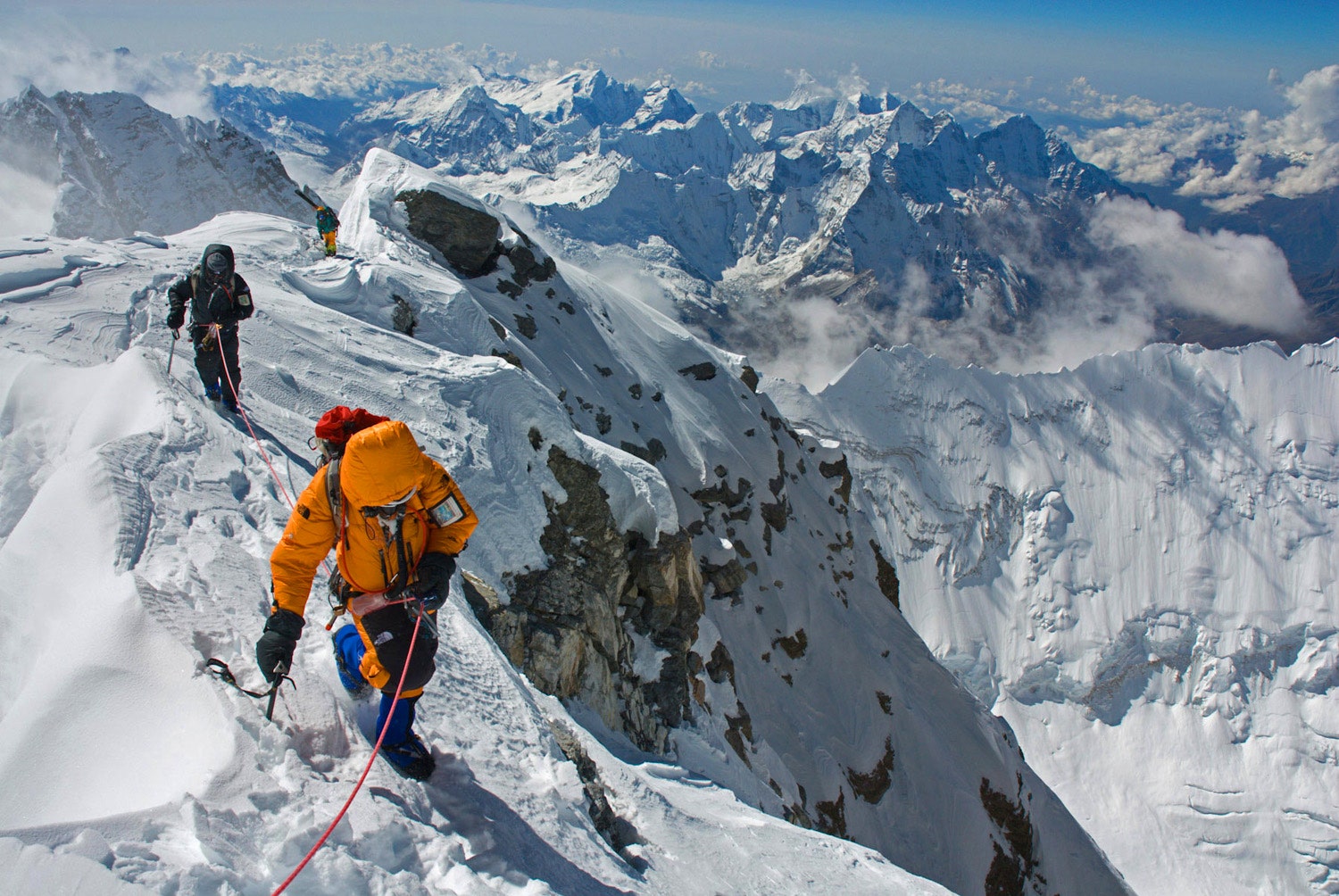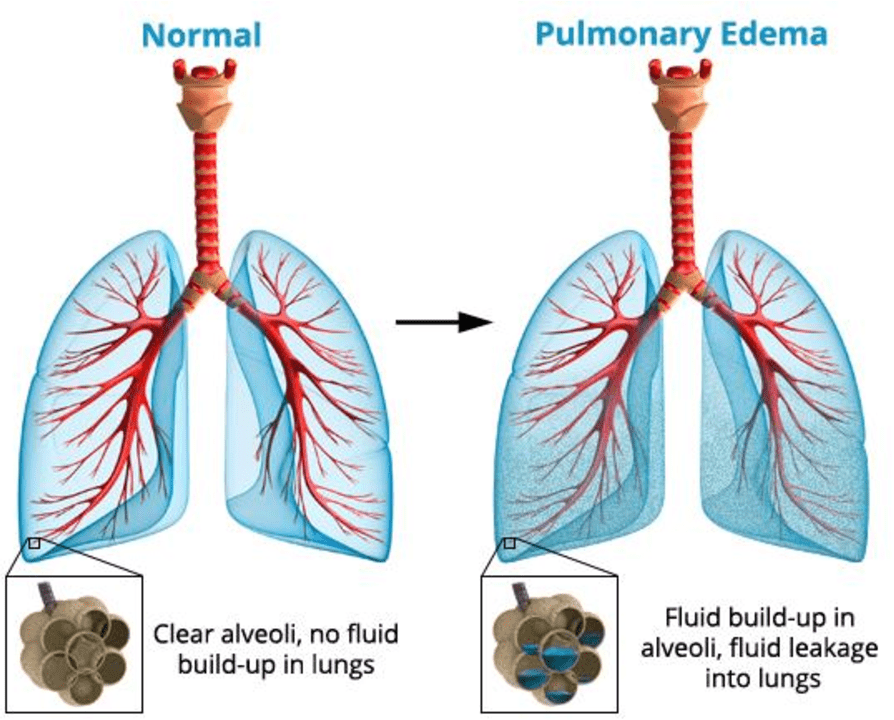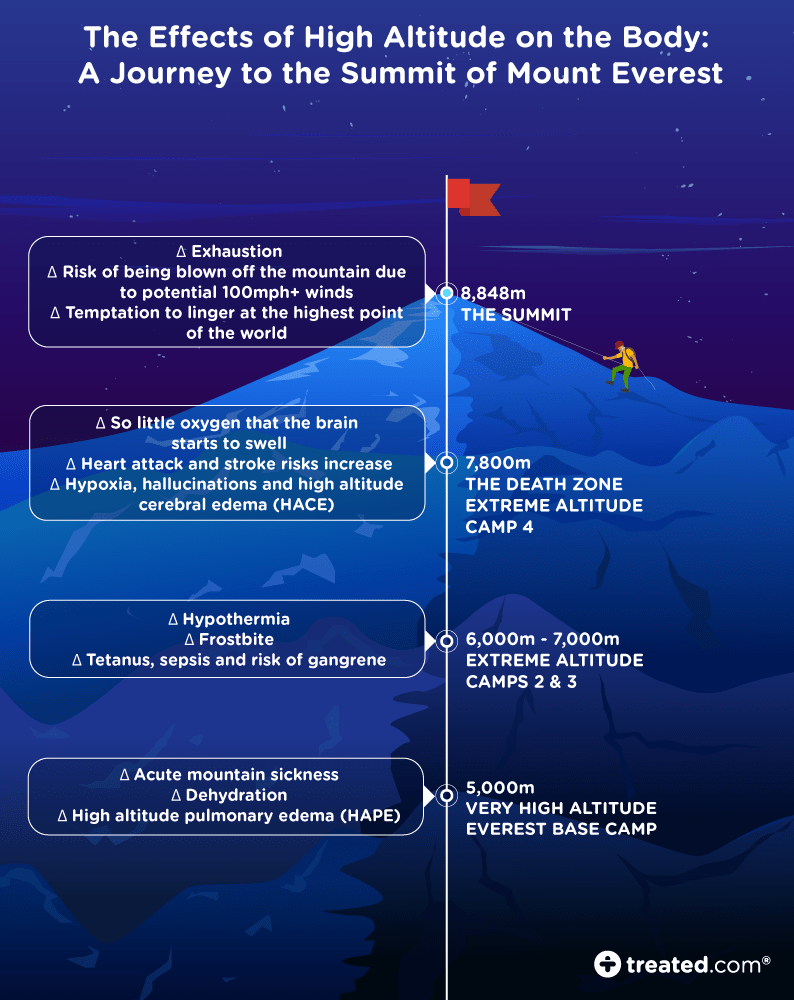
What is HAPE, you ask? HAPE stands for High Altitude Pulmonary Edema and we still don’t really know who will develop it or why. HAPE is caused by a lack of oxygen and it is the leading killer at high altitudes.
HAPE usually develops after 2 to 3 days spent at altitudes above 8,000 ft. The first sign is breathlessness during exercise which can then extend into breathlessness at rest. These symptoms signal the dangerous buildup of fluid in the sufferer’s lungs which makes breathing progressively harder.

Currently, it is impossible to predict who will get HAPE, but there are certain known risk factors such as: a fast rate of ascent to high altitude, vigorous exercise, and chest infections, or cold symptoms prior to ascent. Those who have previously suffered HAPE are also at an increased risk of developing it again.
If you or your adventure partner develops HAPE, the best treatment is rapid descent. Providing extra oxygen and raising the air pressure around the victim are helpful measures but rapid descent is your best bet.

HAPE affects up to 8% of climbers between 8,200 – 18,000 feet. Meanwhile, Acute Mountain Sickness (AMS), the mildest form of mountain illness, affects up to 77% of travelers climbing to 6,000 – 19,300 feet.
While we don’t understand HAPE thoroughly yet, you can do your best to travel at altitude responsibly by giving your body time to acclimate. Constantly check in on your own physical state and monitor any symptoms closely. And remember, you cannot only develop HAPE in high-risk, extreme alpine environments. It is possible to develop HAPE on your family ski vacation as many base areas are at or above 6,000 feet.
Have you or someone you know had HAPE? Register with the HAPE Database to help researchers try and understand this sickness.